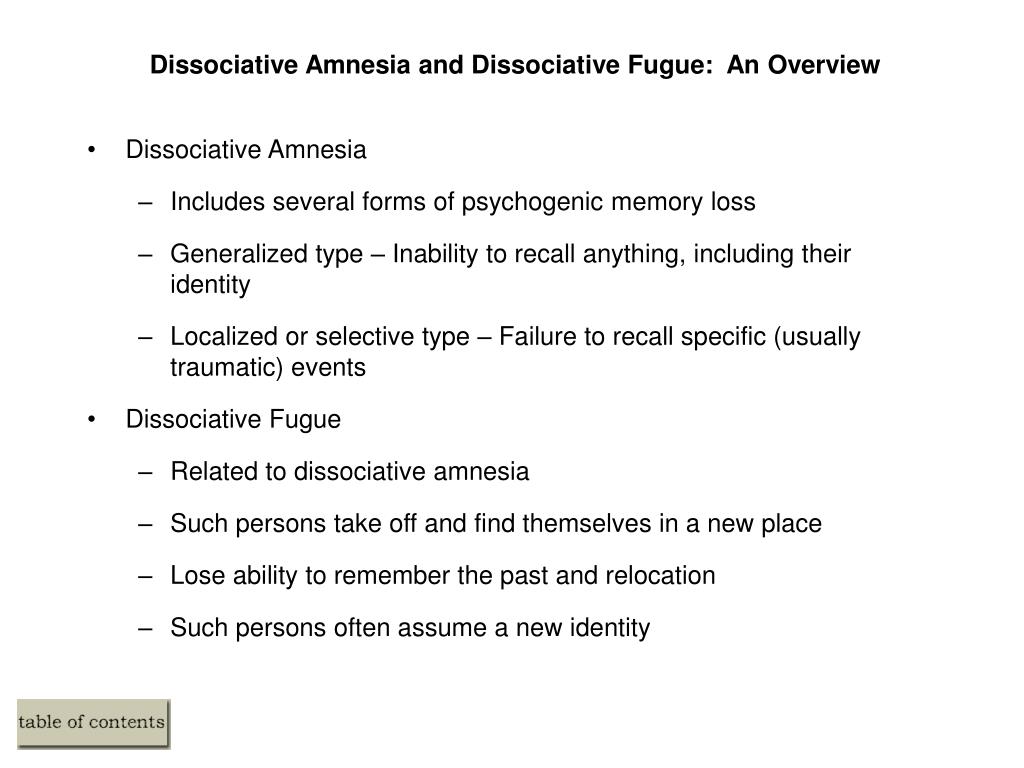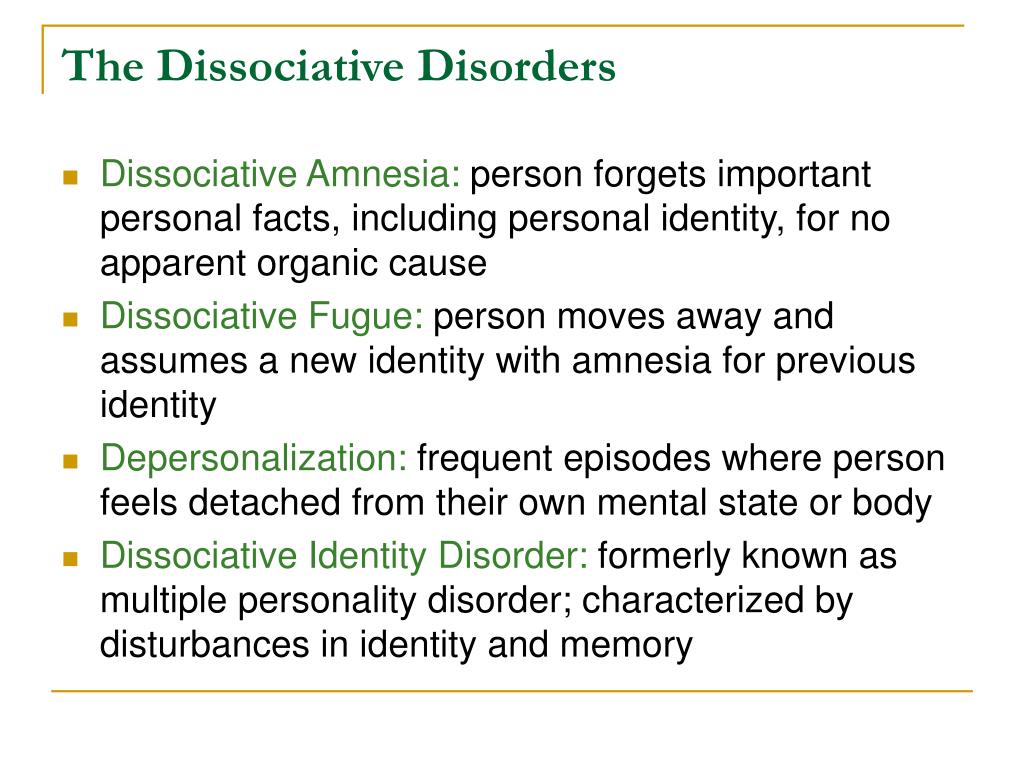
BrightQuest offers long-term treatment for people struggling with complex mental health illnesses and co-occurring disorders.

If you’re concerned about a loved one and believe they may need residential care, we can help. And you can be an integral part of that journey. A residential treatment center can inspire harmony among the selves within a single person, as well as among the individuals within their family community. All of these important layers of treatment can pave the way to reintegrating the self. It will take time to develop therapeutic alliances, healthier coping skills, and a productive relationship with their stored trauma. Residential treatment, in particular, allows an individual to be immersed in healing practices and perspective. Early treatment is the best assurance for a successful recovery. The realities of dissociative identity disorder are understandably stressful for the family as well as for the person at the center of it. Only an experienced therapist can help guide this individual to a harmonious sense of self and healthy coping strategies. Not only was there an initial traumatic episode that provoked their severe dissociation, but there has also been trauma and pain resulting from the distressing symptoms that followed. It is very possible with comprehensive treatment for someone to learn to integrate their alternate identities and significantly mitigate their dissociative symptoms.

This is a disorder that requires knowledgeable clinical attention and proven treatment options for lasting recovery. While your ongoing support is indispensable, you will not be able to help them through recovery on your own. When this person is living through the lens of an alternate personality that is unfamiliar to you, remember that this is still your loved one, and help them to feel accepted and supported regardless. Even if you can’t quite know what they are going through, you can be patient and receptive to the range of their experiences. One of the first things you can do is to help them feel supported and understood. People with dissociative identity disorders likely already feel isolated and alone in their suffering. They may be at risk of other problems and disorders, too, as they struggle through their days. And an individual’s sense of self is far from grounded in this distressing scenario. The unpredictable patterns and inability to cope can severely upset relationships, school and job opportunities, and basic life responsibilities. If the individual isn’t even aware that they are living with this disorder, it can be extremely destabilizing to endure a rollercoaster of personalities and thoughts and behaviors. So, they can manage life situations by compartmentalizing certain responsibilities.īut it isn’t always the case that a person’s system of alters is awake and prepared enough to cooperate. One personality might be best at interpersonal skills, another at organizational skills, and another at leadership, for example. When a person is able to gain a clearer perspective and some helpful coping skills, their alters may work together as a cooperative system. One very important truth is that these alternate personalities are all critical aspects of the original individual. Other people are not aware of the wider perspective and live out their days confused and destabilized by this disintegration. Some people with DID are aware that they have this disorder and that the various versions of themselves take turns living different moments and stretches of their days. And the mind is not in a position to reintegrate these different identities without help. It was intended as a way to protect the whole person, but this coping mechanism basically ruptured a complete consciousness so that they understand themselves as being a system of various individuals. The various identities usually have unique names, personalities, voices, interests, genders, even ways of dressing.Īt some point in their past, an experience was too intense, overwhelming, or painful, and their mind adapted by withdrawing and compartmentalizing certain sensitive parts of itself. In a way, their “alters” take turns living their life. At different points throughout the day or the week or the month, they see, feel, understand, and interact with the world through more than one identity. For people like Tristan who cope with dissociative identity disorder every day, their reality of selfhood is different from what the rest of us typically experience.


 0 kommentar(er)
0 kommentar(er)
